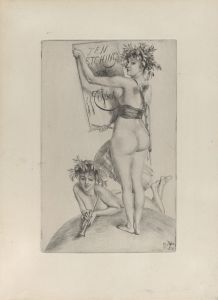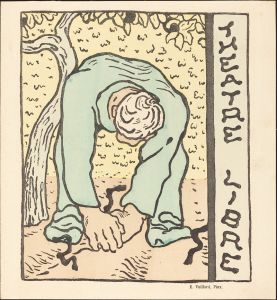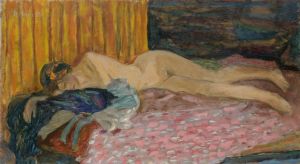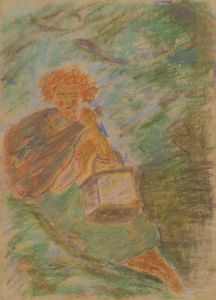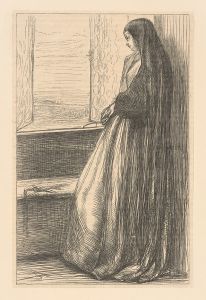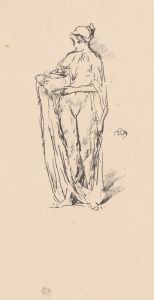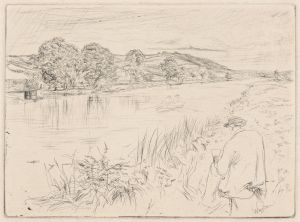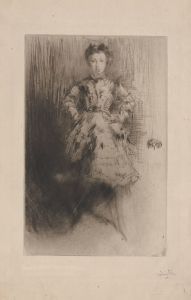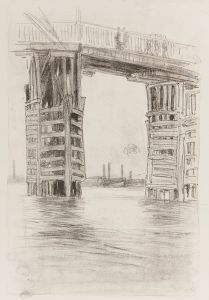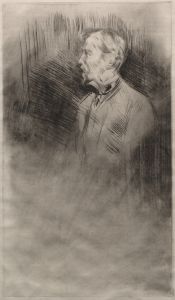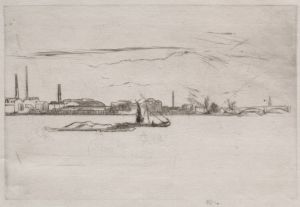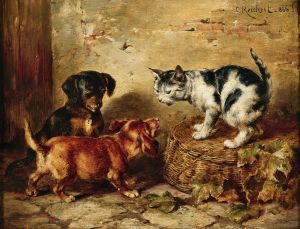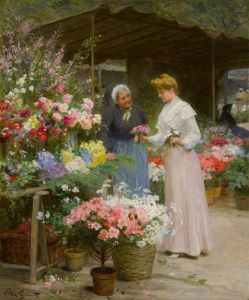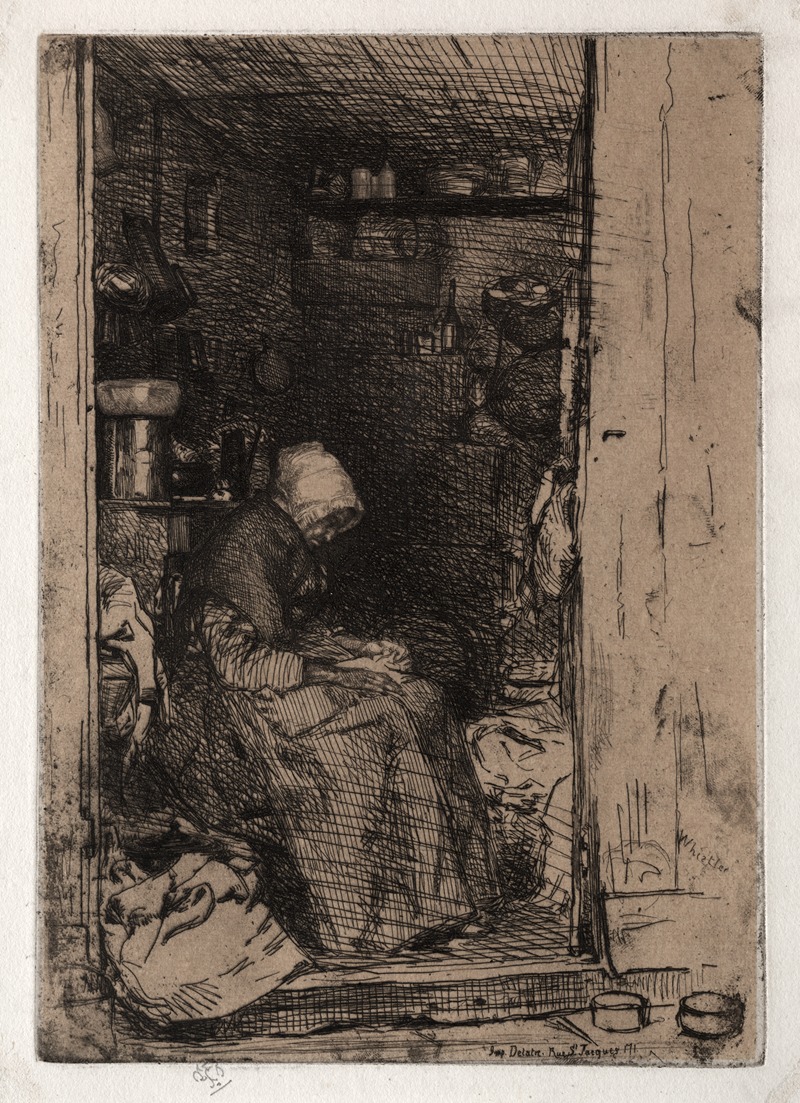
The Old Rag Woman, No. 10
A hand-painted replica of James Abbott McNeill Whistler’s masterpiece The Old Rag Woman, No. 10, meticulously crafted by professional artists to capture the true essence of the original. Each piece is created with museum-quality canvas and rare mineral pigments, carefully painted by experienced artists with delicate brushstrokes and rich, layered colors to perfectly recreate the texture of the original artwork. Unlike machine-printed reproductions, this hand-painted version brings the painting to life, infused with the artist’s emotions and skill in every stroke. Whether for personal collection or home decoration, it instantly elevates the artistic atmosphere of any space.
James Abbott McNeill Whistler was an American artist known for his significant contributions to the art world during the late 19th century. He is particularly recognized for his paintings, etchings, and lithographs. Among his works is "The Old Rag Woman, No. 10," which is part of a series of etchings that Whistler created during his career.
Whistler was born on July 11, 1834, in Lowell, Massachusetts, and spent much of his life in Europe, where he became associated with the Aesthetic Movement. This movement emphasized the importance of beauty and aesthetic experience over moral or narrative content in art. Whistler's work often reflected this philosophy, focusing on mood and composition rather than detailed storytelling.
"The Old Rag Woman, No. 10" is one of Whistler's etchings, a medium he excelled in alongside his more famous paintings. Whistler's etchings are noted for their delicate lines and atmospheric qualities, often capturing the essence of his subjects with minimal detail. This particular work is part of a series that depicts various figures and scenes from everyday life, showcasing Whistler's keen observational skills and his ability to find beauty in the mundane.
Whistler's etchings were influenced by his time in Paris and London, where he was exposed to the works of other artists and the vibrant cultural scenes of these cities. He was particularly inspired by the works of Rembrandt and the French Realists, which can be seen in his attention to light and shadow and his focus on capturing the character of his subjects.
"The Old Rag Woman, No. 10" exemplifies Whistler's interest in portraying ordinary people with dignity and grace. The subject of the etching is an elderly woman, depicted with a sense of quiet strength and resilience. Whistler's use of line and shading creates a sense of depth and texture, bringing the figure to life on the paper. The etching is characterized by its simplicity and elegance, hallmarks of Whistler's style.
Throughout his career, Whistler faced both acclaim and criticism. He was known for his strong personality and his sometimes contentious relationships with art critics and patrons. Despite this, his work has had a lasting impact on the art world, influencing generations of artists who followed.
Whistler's etchings, including "The Old Rag Woman, No. 10," are considered important contributions to the medium, showcasing his technical skill and artistic vision. Today, his works are held in numerous public and private collections around the world, where they continue to be studied and appreciated for their beauty and innovation.
In summary, "The Old Rag Woman, No. 10" is a testament to James Abbott McNeill Whistler's mastery of etching and his ability to capture the essence of his subjects with grace and subtlety. Through this work, Whistler invites viewers to appreciate the beauty in everyday life, a central tenet of his artistic philosophy.





